As you step into your local pharmacy you will be greeted by a wide range of pristine white boxes and packets, clearly labelled and neatly displayed on clean, well-lit shelves. This is a far cry from the apothecary shops of the 17th century where shelves would have been lined with countless jars of dried plants, roots and animal parts and the apothecary would have been busy behind the counter, mixing up ointments, salves and potions to treat a variety of ailments from syphilis to the plague.
Recent analysis of the inventory of a 17th-century apothecary shop has revealed some interesting and surprising insights into what they would have stocked. These ranged from harmless herbs and spices to potent poisons. The list was discovered by chemist and museum volunteer Helen Cooke during preparations for an exhibition on health and disease down the ages at Nantwich Museum in Cheshire, UK. The inventory became a starting point for research into the family history of the apothecary, the owner Raphe Walley, his training and the remedies dispensed there.
Cooke conducted her research alongside Fabio Parmeggiani, from the department of chemistry at the Polytechnic University of Milan and Nicholas Wood, past master of The Worshipful Society of Apothecaries. The end result of their work was a variety of outreach activities including talks, chemistry demonstrations and the production of an accessible local history booklet, an overview of which was recently published in the Journal of Chemical Education.
‘I was interested in the transition between the medieval medicines and what we’ve got today, but I’d never really dug into it,’ Cooke told Chemistry World. ‘It’s partly the chemistry background too that makes you curious about what materials and substances might have been used during that time period.’
When Walley was a practising apothecary he lived through challenging times including the English civil war, floods in 1636, an outbreak of smallpox from 1680–1681 and multiple epidemics of the plague. Consequently, members of the public would have sought out his aid for injuries and ailments.
In a sign of the times, many of the remedies identified in Walley’s inventory claimed to either treat or prevent plague. For example, nicotine or tobacco ointment, theriacs (a medical preparation comprising a mixture of several ingredients) and pilulae ruffi (a mixture of aloes, myrrh, saffron and syrup of lemon juice that also acted as a laxative).
There is also evidence that Walley played a small role in treating wounded soldiers from the Battle of Nantwich during the first English civil war.
However, most interesting to Cooke were the poisons found on the inventory that, at that time, were used to treat a variety of ailments. ‘Some of them are very clearly identifiable in terms of their chemical composition,’ Cooke says. ‘For one thing, the inventory specifically mentions quicksilver, and also white lead, red lead, arsenic and more. For some of the other items, the precise chemical components would be somewhat nebulous, to say the least.’
In terms of whether the remedies on the inventory would have actually worked, Cooke can’t be categorical about them. ‘There would have been some that would definitely have worked – for example, white mercury was known to cure syphilis and as an antiseptic – and it was used right through into the 20th century,’ she explains. ‘They did have beneficial effects but there were also things that weren’t beneficial – the full implications of the impact of mercury weren’t really known.’
‘Arsenic trioxide has been repurposed as an injection against certain types of leukaemia – that’s an example of something that’s found a new lease of life,’ she adds. ‘But they obviously now know about all the potential hazards and so they’re using it in a very controlled and targeted way.’
Many of the items on the inventory may not have had medicinal properties at all. Cooke explains that apothecaries and grocers were once combined, meaning it would have been grocers that were providing the medications. ‘There would have been quite a lot of commodities in the inventory for people to use for cooking and baking and that sort of thing,’ says Cooke.
Olea chymica (chemical oils)
- Oyle of vitriol – oleum vitrioli – sulfuric acid
- Ol. nuc. Mosel – oleum nux moschata – nutmeg
- Spir. Castor – spiritus castorii or spirit of castoreum/castoreo – castor oil
- Ol. Juniperi – juniper oil
- Ol. Rhodii – oil of lignum, rhodium – a type of wood
Emplastrum (plasters)
- Melilot – plaster with a base of vegetable and animal fats – green in colour and used to draw ‘undesirable matter’ from ulcers etc.
- Paracelsi – presumably named after Paracelsus, may have been used in pregnancy and childbirth.
Species
- Lumbricos: live earthworms – used to make oil of earthworm
- For treating bruises, arthritis, gunshot wounds and other complaints
Raw ingredients – may have been used for formulating medications or just for cooking. Examples:
- Aniseed
- Saltpeter (potassium nitrate)
- Musk
- Rhubarb
- Capers
- Frankincense
- Dried coconut pulp
- Spices
- Linseed oil
- Mumia – powdered mummified remains.
Translates as ‘pitch’ or ‘bitumen’
In the 12th century, it was believed that bitumen was found in mummified remains due to some similarities in its properties
Poisons
- White mercury – corrosive sublimate
Probably mercury(II) chloride (HgCl2)
Used to treat syphilis and as an antiseptic
Caution on bottle states it must be used by or on the prescription of a physician, dentist or veterinarian ‘if used medicinally’
Antidote information provided on the bottle - Red lead (Pb3O4, lead tetroxide, listed as ‘minium’)
Claimed to be a good ointment to treat sores
White lead (basic lead carbonate – 2PbCO3 ·Pb(OH)2)
Used as an ingredient in ointments and plasters
May have had cosmetic uses - Arsenic (usually arsenic trioxide, As2O3)
Colloquially known as ‘inheritance powder’ as it was used to murder troublesome relatives
Medical uses included the treatment of syphilis
Arsenic trioxide has since been repurposed as an acute promyelocytic leukaemia therapy under the brand name Trisenox - Quicksilver
Presumably pure mercury
Widely used in the 17th century, probably compounded with other ingredients
‘Invented for the itch’, now known as scabies, according to 17th-century herbalist Nicholas Culpeper


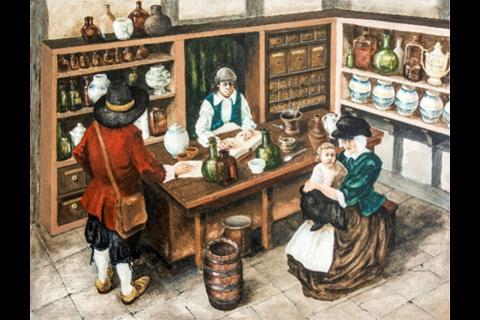
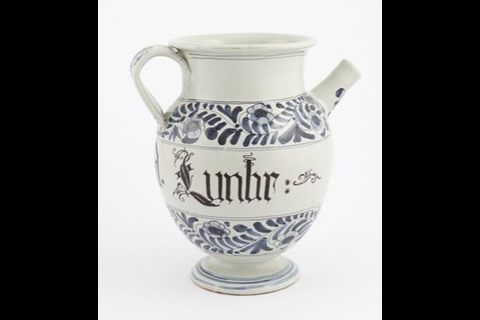
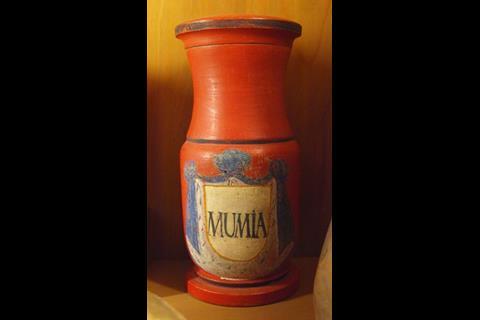

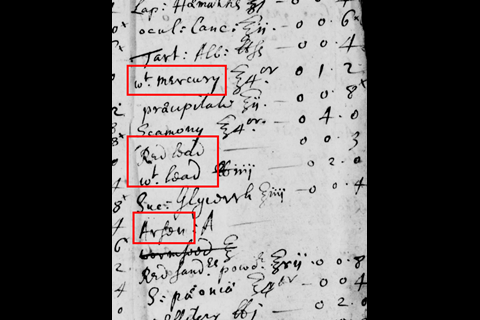
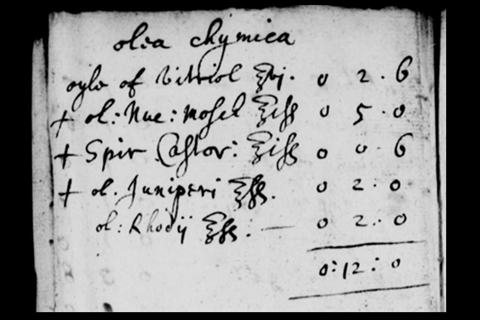



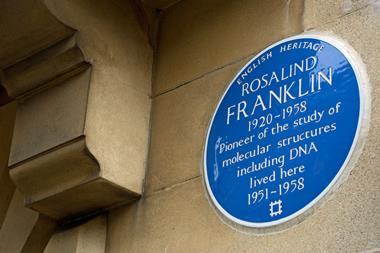
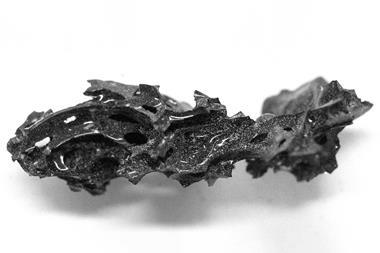
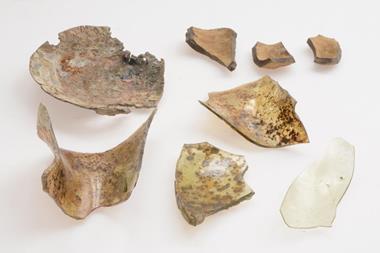


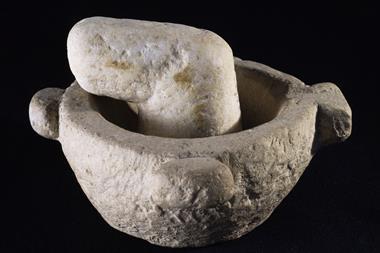





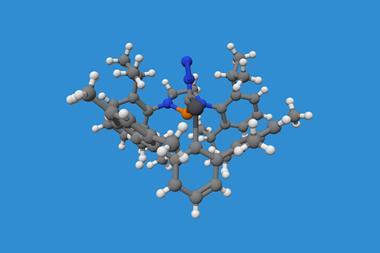
No comments yet